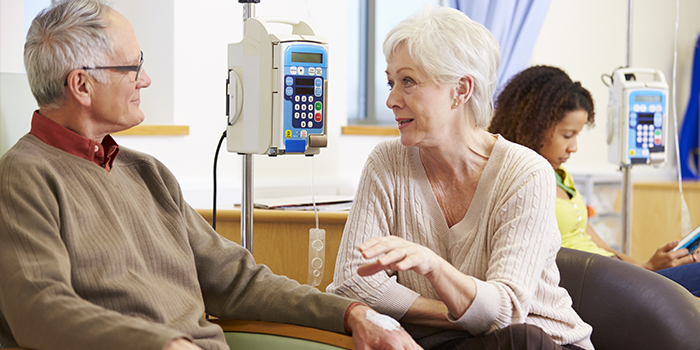How long is Treatment for Acute Lymphoblastic Leukemia?
Overview
The acute lymphoblastic leukemia (ALL) is a type of blood cancer also known as acute lymphoid leukemia and acute lymphocytic leukemia. ALL is the most common type of leukemia in children. The advances in the treatment of ALL have resulted in improved remission rates. Also each years, the number of patients gone into remission or have been cured are increasing. Around 6,070 people in the United States were expected to be diagnosed with ALL in 2013. As of the year 2013, Nearly 66,030 people in the US are living with or are in remission from ALL.

The treatment for acute lymphoblastic leukemia (ALL) varies according
to the patient’s age, general condition at diagnosis and the results of the
cytogenetic testing. The standard therapy for ALL has changed little in the
past 15 years. The current strategy has been quite effective to cure adults and
our goal is to cure.
The treatment for acute lymphoblastic leukemia (ALL) includes
four phases:
- First phase is induction chemotherapy
- Second phase is consolidation
chemotherapy
- Third phase is maintenance
chemotherapy
- Fourth phase is central nervous system
(CNS) prophylaxis
The first two phases use the intensive chemotherapy
medications for killing the leukemia cells which grow quickly. The complete
therapy for ALL will typically continue for two to three years. The complete
remission a cure is achieved in about 90% of patients with 25 to 40% enjoying
long-term survival. Around 5% of patients die with treatment-related
complications during the initial therapy and another 5% never achieved an
initial remission.
The total treatment usually takes around two years with
maintenance phase taking up the most of the time. Depending on the subtype of
ALL and other prognosis factors, treatment may be more or less intense.
Induction Chemotherapy

The most common drugs used for induction treatment of ALL
are vincristine, daunorubicin, asparanginase, prednisone and sometimes
cyclophosphamide. The intensive supportive care escorts with chemotherapy cost which
include the transfusion of red blood cells and platelets.
Antibiotics are required for both preventatively and as
treatments for fungal and bacterial infections. Also the agent G-CSF or
Neupogen is useful to rapidly re-establish a normal white blood count. Though
the likelihood of mouth sores and disruption of the intestinal tract is rare
but complete yet temporary hair loss might occur.
A repeat bone marrow biopsy is done to determine whether the
patient’s enter complete remission with no evidence on the persistent leukemia
once the blood count comes to normal.
Consolidation (Intensification)
Chemotherapy
Typically it includes multiple cycles of intensive
chemotherapy given over a period of six to nine months. Frequent hospitalizations
are needed along with intensive supportive care including the red blood cell
and platelet transfusion. The stem cell transplantation is not typically done
for treating ALL unless the abnormal cytogenetics is present.
During this phase, the chemotherapy agents used are the same
agents used during induction as well as methotrexate, Ara-C and
6-mercaptopurine.

Maintenance Chemotherapy
Even after completing the intensive chemotherapy, the
patients will need to take the oral chemotherapy pills for an additional 18 to
24 months. Usually, the oral chemotherapy pills are well-tolerated with optimum
side effects. Patient will need to get their blood tests done once a month
while taking them. Most patients with ALL can resume their work during the
maintenance therapy.
Central Nervous System (CNS)
Prophylaxis
Frequently ALL can recur in the spinal fluid which bathes
the spinal column and the brain. Chemotherapy is injected directly into the
fluid by inserting a needle between the vertebrae of the lower back called a
lumbar puncture or a spinal tab and infuse it directly, called as Intrathecal
chemotherapy. This will prevent the relapse.
Routinely patients will be given six or more injections of
Intrathecal chemotherapy for preventing the recurrence of ALL. If the leukemia
cells are detected in the spinal fluid then more injections are necessary.
Most people complete this therapy within two to four months
of starting their treatment.

Conclusion
If you are searching for treatment for acute lymphoblastic
leukemia then get assistance with us by calling us For Immediate Appointment at +91-93705-86696 or you
may also send us an email at For Fast Track Query Reply contact@indianmedguru.com.
Our executives will get back to you for further interaction.
Read more also :